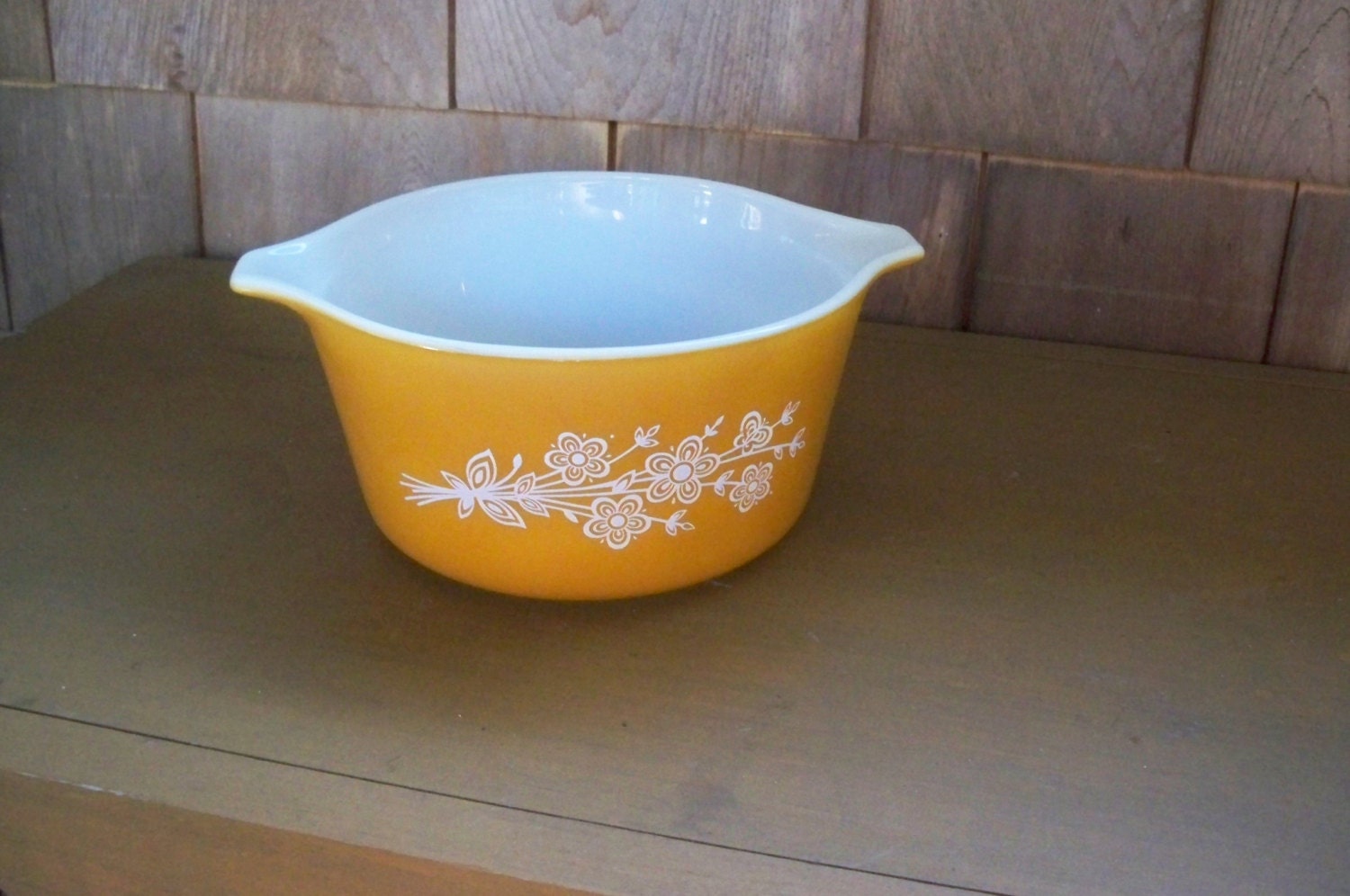

The company specialized in glass, ceramics, and similar materials for industrial, laboratory, and kitchen use. This glassware was originally made by the Corning Glass Company, which was founded in 1851 in Massachusetts. Pyrex is one of the best-known names in glass cookware, and for good reason.

It’s also not a good idea to use most glass cookware on an electric stovetop, but some tempered glassware is OK for use on the stovetop. It can also be hard to find glass replacements for all your cookware needs, but availability is improving as more people look for alternatives to non-stick cookware.Īnd, because glass does not conduct electricity, you can’t use glass cookware on an induction stovetop. Some downsides of glass include uneven heat distribution (glass is a poor heat conductor), meaning that it is best suited to dishes like baked pasta, quick breads, and pot pies. Glass cookware is usually dishwasher safe and looks great in the kitchen, assuming you keep it in good condition! You can also store and easily reheat dishes in glassware, without the risks associated with plastic storage containers. What’s more, baking a lasagna in a glass pan means you can see what’s happening in your dish, which is fun when cooking with kids. Knowing that the glass dishes are non-toxic, durable, and eco-friendly makes cooking much more enjoyable than worrying about toxic non-stick coatings and such. These days, I mainly use glass cookware to bake bread and delicious vegan lasagnas, as well as for a bain-marie when making chocolate-based treats. For me, glass cookware holds childhood memories of casseroles and old-fashioned custard pie, courtesy of my grandfather, a former army chef who had a solid grasp of ‘stodgy’ British food.


 0 kommentar(er)
0 kommentar(er)
